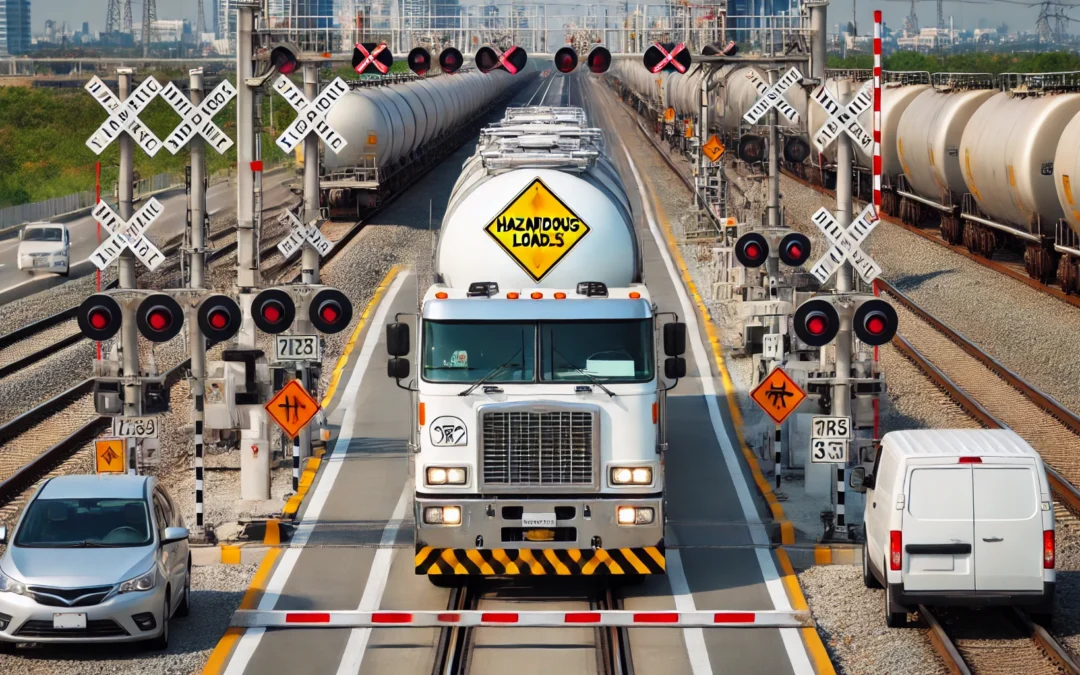Vehicles with Hazardous Loads: Staying Safe on the Road
When sharing the road with vehicles carrying hazardous materials, it’s important to understand the unique challenges these trucks present. Vehicles marked with hazardous load placards often carry dangerous goods, such as explosives, gases, or flammable materials. Knowing how to drive safely around them can reduce the risk of accidents and ensure everyone on the road stays safe.
What Are Hazardous Load Placards?
Hazardous load placards are diamond-shaped signs displayed on vehicles that carry dangerous materials. These placards are color-coded and labeled based on the type of hazardous material, such as flammable, corrosive, or explosive substances.
- Types of Placards:
- Flammable: Indicates the presence of flammable liquids or gases.
- Corrosive: Warns of chemicals that can cause burns or corrosion.
- Explosive: Denotes a vehicle carrying explosive materials like dynamite or fireworks.
Safety Tips for Driving Near Hazardous Load Vehicles
-
Maintain a Safe Distance: Always keep a safe following distance when driving behind vehicles with hazardous load placards. This gives you enough time to react in case of sudden stops or emergencies.
-
Be Cautious at Railroad Crossings: By law, vehicles carrying hazardous materials must stop before crossing railroad tracks. Never attempt to pass these vehicles while they are stopped at the tracks. This law is in place to prevent accidents in case a train approaches unexpectedly.
-
Avoid Cutting Off Trucks: Large vehicles carrying hazardous materials have longer stopping distances than smaller cars. Avoid cutting in front of these vehicles, especially in heavy traffic or near intersections, to prevent dangerous collisions.
-
Know the Risks of Spills: In the rare event of an accident or spill involving hazardous materials, stay far away from the scene. Hazardous materials can cause serious health risks if you come into contact with them. Call emergency services immediately if you witness an accident involving a hazardous load vehicle.
Legal Requirements for Hazardous Load Vehicles
Vehicles carrying hazardous materials must follow specific laws and regulations, including:
- Railroad Stops: These vehicles are required to stop at all railroad crossings, regardless of whether a train is visible.
- Clear Signage: Hazardous load placards must be displayed prominently on all sides of the vehicle.
- Transport Restrictions: In some areas, vehicles with hazardous materials are restricted from certain roads or tunnels, especially in high-density urban areas where the risk of an incident could affect more people.
Conclusion
Driving near vehicles with hazardous loads requires extra caution. By recognizing the placards, keeping a safe distance, and being mindful at railroad crossings, you can help prevent accidents and stay safe on the road. Remember that these trucks are transporting dangerous materials, and safety should always come first






Recent Comments